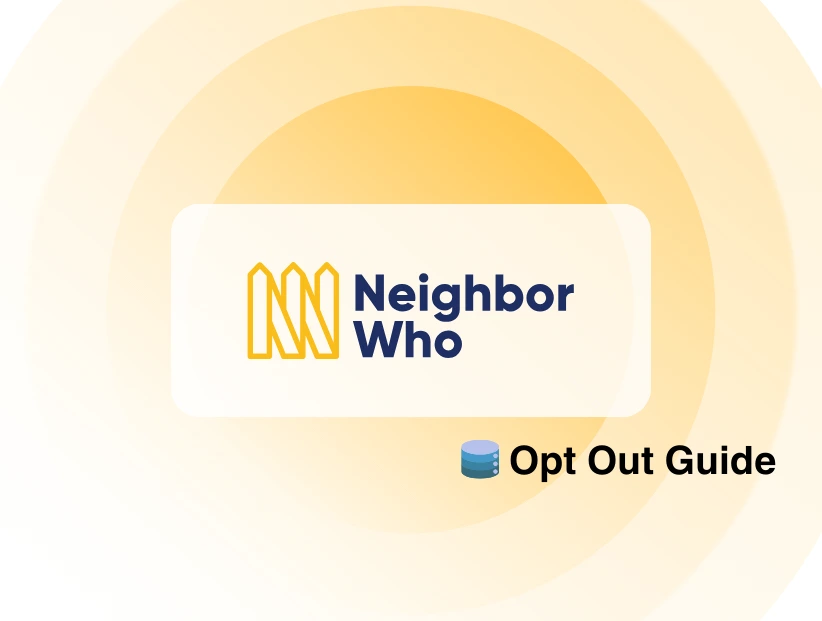Losing access to credit cards means you are defaulted and can’t request the bank for a loan. Plus it can limit your financial management and hurt your credit score in the long run. But understanding the reasons for these bans and restrictions is important to regain control and use credit cards without hassle. This guide will explain how to navigate credit card bans and protect your financial privacy while managing debt or default issues.
Why Do People Get Banned from Credit Card Usage Due to Debt?
Credit card companies have policies in place to manage risky financial behavior. Some of the common reasons you might be banned or restricted from credit card usage due to debt include:
- Maxed Out Credit Limit
If you have exhausted your entire credit limit or exceed it without returning timely payments, the bank might suspend your account.
- Missed Payments
Repeated failure to make your credit card payments on time can result in a ban, as this indicates poor financial management.
- High Credit Utilization
A high credit utilization ratio (using a large percentage of your available credit) can lead to restrictions. This signals that you're heavily reliant on credit.
- Defaulting on Debt
If you’ve defaulted on payments and the debt has gone unpaid for months, credit card companies may blacklist you, making it difficult to get approved for future credit.
- Suspected Fraud or Suspicious Activity
Unusual spending patterns, unauthorized charges, or fraud alerts may cause a temporary or permanent freeze on your account as creditors investigate the issue.
Can You Get Unbanned from Credit Card Debt?
Yes, it is possible to get unbanned from using credit cards and restore your financial standing. However, the success of this depends on how well you handle your debts and the terms set by your credit issuer.
How to Get Unbanned from Credit Card Debt
If you've been banned from a credit card debt discussion forum or community and want to regain access, consider the following steps:
- Use a VPN (Virtual Private Network)
If your IP address has been banned, using a VPN can help you regain access to the forum.
- Choose a high-speed VPN that offers servers in multiple regions, allowing you to change your IP address and bypass the ban.
- If you access the forum via a dedicated app or browser, uninstall the app or clear your browsing data before reconnecting.
- After setting up the VPN, reinstall the app or use a browser to access the credit card debt community again.
- Send an Appeal
- Review any notifications or messages to understand the reason behind your ban.
- Gather any relevant information or documents related to your discussions or account in the community.
- Visit the community’s website to find their contact details and follow the instructions for submitting an appeal.
- Keep track of your appeal and follow up if you don’t receive a response within the expected timeframe.
If your appeal is denied, consider joining other credit card debt forums or financial support communities.
What are the Types of Credit Card Bans & How to Fix Them?
- Temporary Ban
A temporary ban may be imposed due to minor payment issues or high credit usage.
How to Fix It?
Pay off your outstanding balances or at least make the minimum payments. The ban is likely to be lifted once you demonstrate good payment habits.
- Permanent Ban
A permanent ban usually follows severe defaults, multiple missed payments, or fraudulent activity.
How to Fix It?
This requires negotiating directly with your credit issuer. You may need legal advice or opt for new credit lines through different financial institutions.
- Regulatory Ban
A regulatory ban occurs when you breach terms related to credit laws or regulations, such as exceeding the credit limits established by law.
How to Fix It?
Rectify the issue by complying with regulations and working closely with your creditor to resolve any legal concerns.
How to Avoid Future Credit Card Debt Bans
Once you've resolved your debt or lifted the ban, follow these tips to avoid getting banned again:
- Pay Your Bills on Time
Regularly pay off your credit card bills to avoid late fees and interest charges that can snowball into more debt.
- Keep Your Credit Utilization Low
Try to use less than 30% of your available credit limit. High utilization can signal risk to lenders.
- Monitor Your Spending
Keep track of your spending and create a budget to ensure you’re not overspending or relying too heavily on credit.
- Build an Emergency Fund
Having savings for unexpected expenses reduces the need to rely on credit cards during financial difficulties.
usual trading patterns. If someone accesses your account without permission, it could lead to a ban.
Related Blogs
- Get unbanned from Call of duty
- Get unbanned from Xbox
- Get unbanned from Snapchat
- Get unbanned from Instagram
- Get unbanned from Tiktok
- Get unbanned from Fortnite
- Get unbanned from Rocket league
- Get unbanned from Discord Server
- Get unbanned from Grindr
Frequently Asked Questions (FAQs)
-
How long does a temporary credit card ban last?

Temporary bans typically last until you make payments and resolve any outstanding issues. This can take a few days to several weeks.
-
Can I appeal a permanent credit card ban?

Yes, you can appeal by contacting your credit issuer, explaining the situation, and requesting a review of your account.
-
How can I avoid getting banned again?

Maintain low credit utilization, pay off balances on time, and monitor your accounts for any suspicious activity.
In Conclusion
By ensuring your activities are secure and adhering to trading rules, you can minimize the chances of future bans and enjoy a smoother trading experience. To protect your account and data, use PurePrivacy with a VPN and maintain good compliance with trading regulations.




